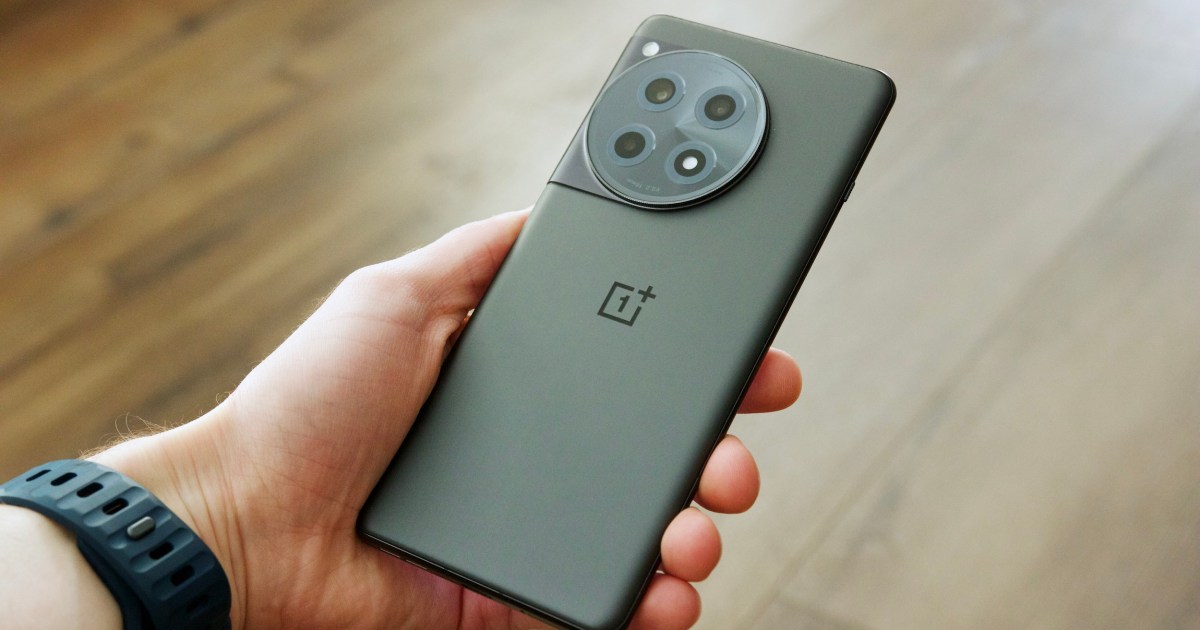OnePlus has made a pretty major flub regarding the storage hardware of the OnePlus 12R. The 12R is already one of 2024’s best smartphones, but it is now receiving quite some heated flak for something OnePlus got wrong. The company advertised that the OnePlus 12R came equipped with a UFS 4.0 storage module when, in reality, it relies on the older and slower UFS 3.1 standard.
“The OnePlus 12R also still features all the new Trinity Engine features we announced at launch, like launching apps faster than ever and keeping applications locked open for up to 72 hours, and was fully tested using UFS 3.1 storage,” OnePlus President and Chief Operating Officer Kinder Liu said in an official statement.
I am not sure how much that statement is going to quell the disappointment of buyers, who may have been swayed by the premise of flagship-tier memory perks on the budget-centric phone. Liu’s statement says buyers should reach out to official OnePlus support channels, but doesn’t specify if they will get any kind of compensation, either in terms of cash or store credits.
This won’t be the first time that a smartphone brand has been embroiled in such hot waters. When controversy erupted that two major smartphone brands — Samsung and Apple — were purposefully slowing down older phones, the Korean electronics giant denied it.
But in 2018, Italian watchdog Autorità Garante della Concorrenza e del Mercato (AGCM) fined Samsung and Apple, noting that it found evidence proving that Samsung intentionally slowed down its older phones. The not-so-guilty-sounding term for this practice in the tech industry is planned obsolescence.
Undoing the merits of a great phone.
Now, coming back to OnePlus, it didn’t protest its wrongdoing, but simply accepted that it was a case of erroneous marketing. However, it could still land the company in legal soup if a buyer decides to drag the brand to a consumer court over claims of misleading advertising. Regardless of the repercussions, the gulf between UFS 3.1 and UFS 4.0 isn’t really worth ignoring.
Why UFS 4.0 is a big deal
Let’s start with the most obvious difference. The performance figures also depend on the brand that made these storage modules. Micron claims sequential read and write speeds of up to 4,300MB/s and 4,000MB/s, respectively. Those numbers are essentially twice the might of UFS 3.1 storage chips. Samsung, on the other hand, touts sequential read and write speeds of 4,200 MB/s and 2,800 MB/s, respectively.
Now, it’s not just the raw speed that matters here. With every new generation, there are some crucial gains in other aspects, including power efficiency. “UFS 4.0 will deliver a sequential read speed of up to 6.0 MB/s per milliampere (mA), representing a 46%t improvement over UFS 3.1,” claims Samsung.
Samsung’s UFS 4.0 storage module also embraced Advanced RPMB (Replay Protected Memory Block), which is touted to be nearly twice as capable of safeguarding sensitive on-device data such as passwords and personal photos. On the more functional side of things, UFS 4.0 speeds up app launches, reduces latency, and also leads to a faster bootup.
An improved storage module enhances the user experience by enabling smoother transitions between various apps, thanks to reduced UFS latencies. It also boosts performance significantly during rapid photo shoots or when creating composite images such as panoramas, owing to its greater memory interface bandwidth.
The OnePlus 12R is still a very fast and capable smartphone even with its older UFS 3.1 storage, but it doesn’t have the UFS 4.0 speed OnePlus originally claimed that it did. The 12R is still an excellent phone, but the whole situation does slightly tarnish what is an otherwise excellent release from the company.
Editors’ Recommendations


